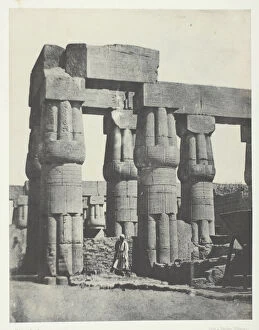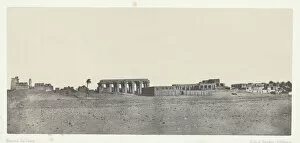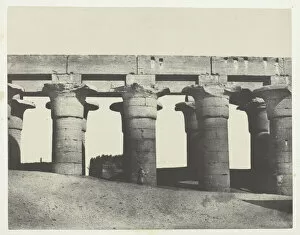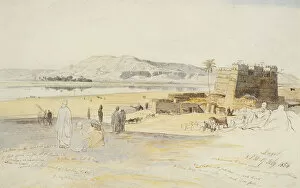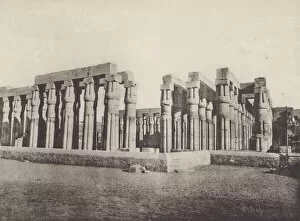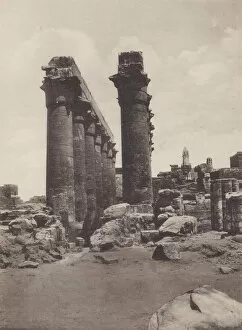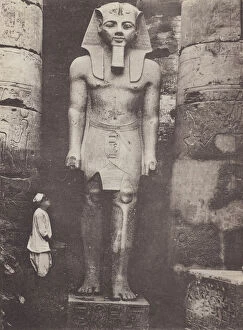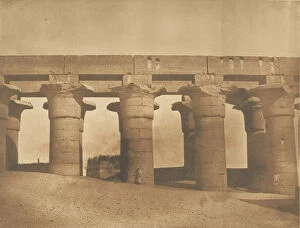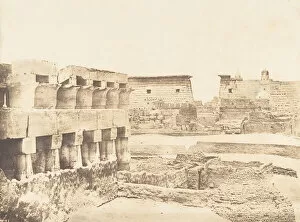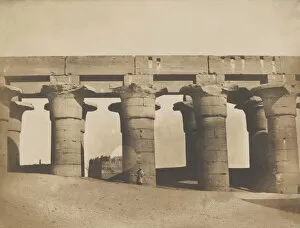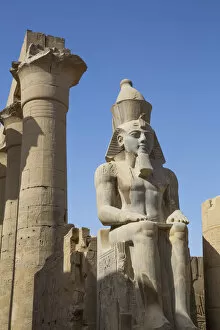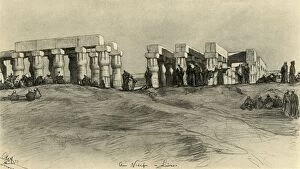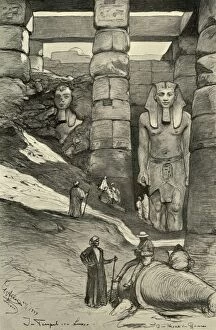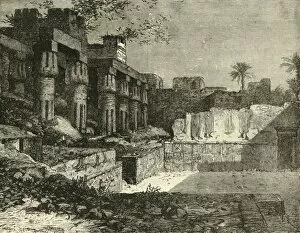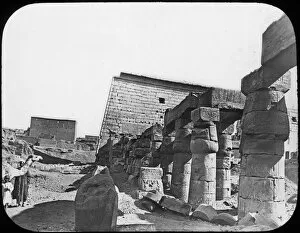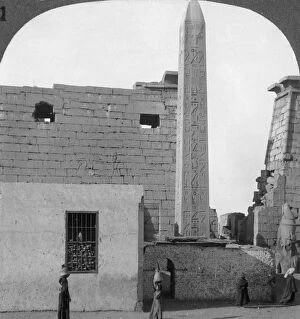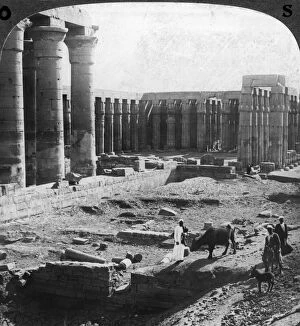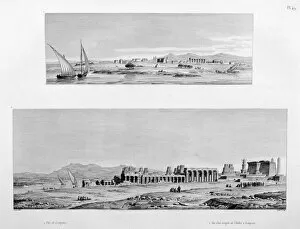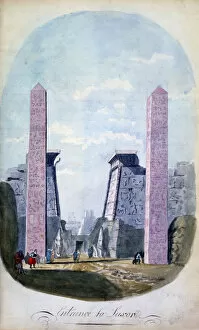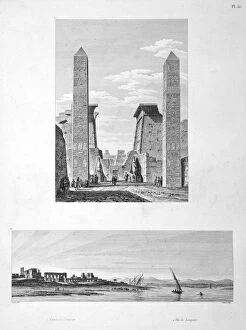Luxor Temple Collection (page 2)
Luxor Temple, located in the ancient city of Thebes, Egypt
For sale as Licensed Images
Choose your image, Select your licence and Download the media
Luxor Temple, located in the ancient city of Thebes, Egypt, is a breathtaking UNESCO World Heritage Site that offers a glimpse into the grandeur and opulence of ancient Egyptian civilization. As you enter the temple, your eyes are immediately drawn to the magnificent Statue of seated Ramses II, an awe-inspiring symbol of power and authority. The Court of Ramses II welcomes you with its majestic columns and intricate carvings, showcasing the artistic prowess of ancient Egyptians. From an aerial view over Luxor Temple, one can marvel at its architectural splendor juxtaposed with the Abu el Haggag Mosque built right in its midst - a testament to Egypt's rich cultural heritage. As you explore further within Luxor Temple's First Court, you encounter more statues honoring Ramesses II - a pharaoh who left an indelible mark on history. The statue alongside an obelisk stands tall as if guarding this sacred place. Luxor Temple itself stands proudly on the banks of River Nile, offering visitors stunning views while immersing them in Egypt's captivating past. Adjacent to it lies Karnak Temple – another remarkable archaeological wonder that showcases Egypt's architectural brilliance. One cannot help but be mesmerized by Luxor Temple's Pylon adorned with Eastern Obelisk and two colossal statues depicting King Ramesses II seated on his throne. This sight truly transports you back in time to when these structures were first erected thousands of years ago. Every corner within Luxor Temple reveals intricate stone carvings that narrate stories from Egyptian mythology and history. These masterpieces serve as windows into their beliefs and customs during those times. Intriguing details like the Obelisk at Luxor Temple add depth to our understanding of this extraordinary site. It serves as a reminder that every element within this temple holds significance beyond what meets the eye. Visiting Luxor Temple is not just about witnessing ancient wonders; it is about connecting with a civilization that shaped the world we live in today.

